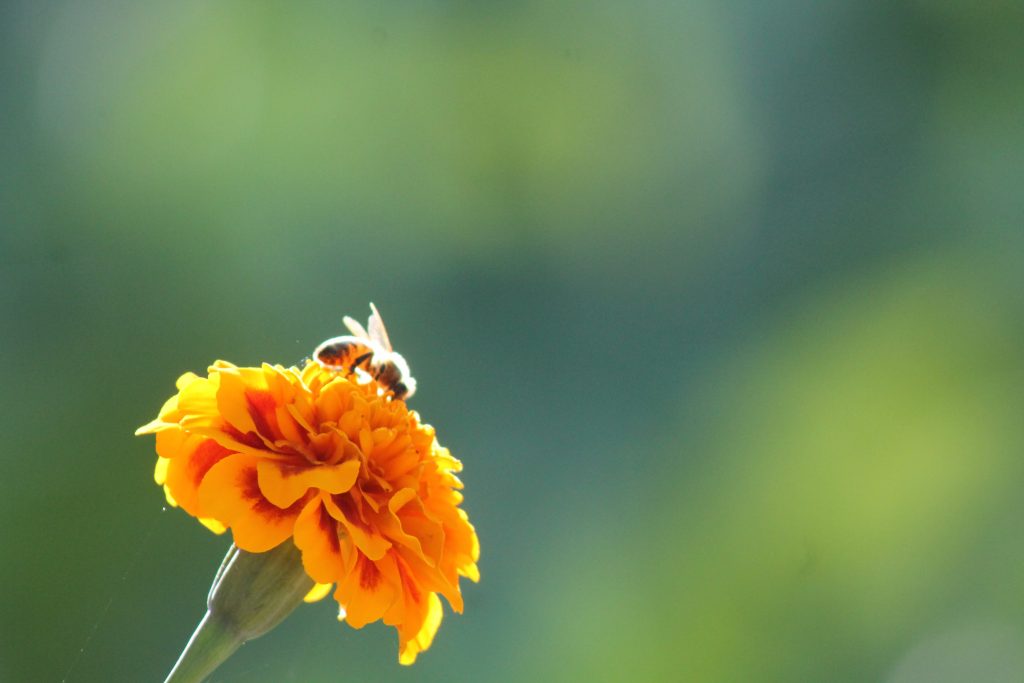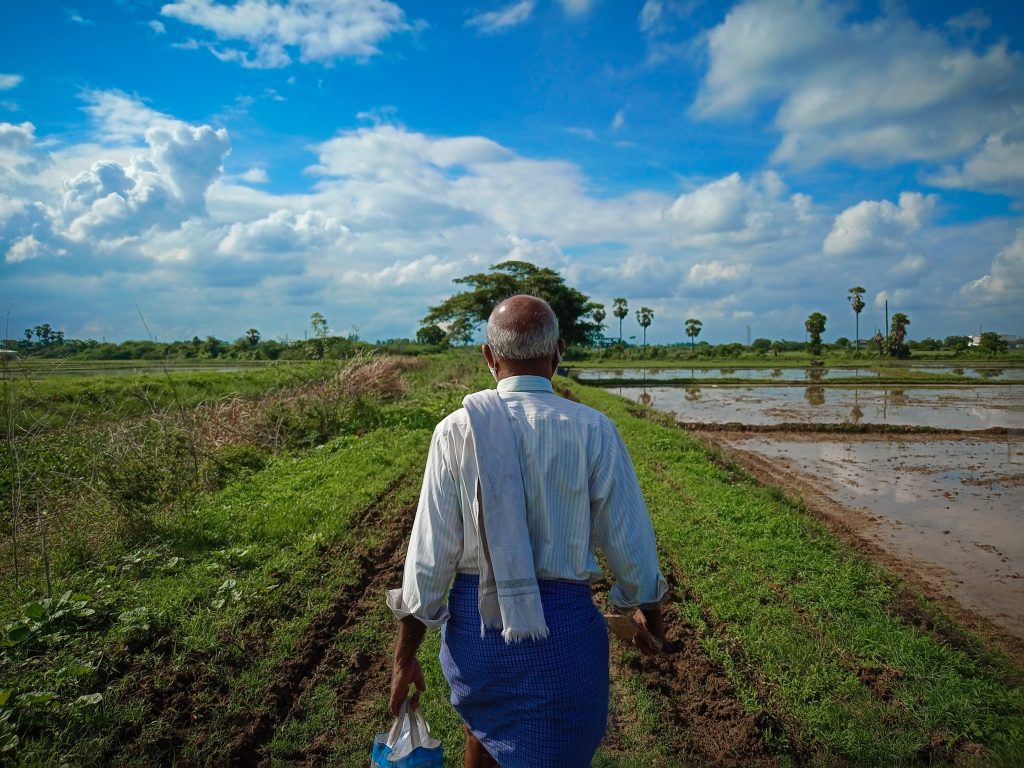Gadiolus imbricatus is a tuberous grassy plant from the iris family that produces beautiful flowers. It is also known as sword lily and is native to Central and Eastern Europe, the Mediterranean, Caucasia and Western Siberia. In all these areas it is becoming endangered.
In Estonia G. imbricatus is classified as an endangered species, its populations are declining and it is now protected by law.
The main threats to these plants are the picking of flowers and the changes in land use.
The situation of G. imbricatus is not uncommon for European vegetation since it evolved under a constant anthropic influence: the changes in traditional land use, in grazing and in fertilising are endangering several species.
Although long-term monitoring is crucial to understanding how plants react to changes in their habitat, not much has been done in this respect compared to studies on the preservation of animals. In the future, long-term monitoring should become the default evaluation task in biodiversity management support schemes.
For this paper, the study area of Luitemaa Nature Reserve has been considered. It is located in South-West Estonia, in a coastal area that is an important reproductive site for shoreline waders and other birds. In fact, the meadow restoration efforts focus on creating and maintaining a habitat for rare shorebirds and natterjack toads. The aim is to transform the conservational problem of grassland abandonment into an opportunity for habitat restoration.
The authors seek to draw attention to the lack of consistent monitoring for plant species, claiming that restoration and agri-environmental management schemes must consider all conservation values in the ecosystem and that more precise, multi-target planning is required.
Read the full- text paper here.
Kose M.; Liira J.; Tali K. Long-term effect of different management regimes on the survival and population structure of Gladiolus imbricatus in Estonian coastal meadows. Global Ecology and Conservation, 2019, 20, e00761. https://doi.org/10.1016/j.gecco.2019.e00761
Photo by Joakim Honkasalo on Unsplash



